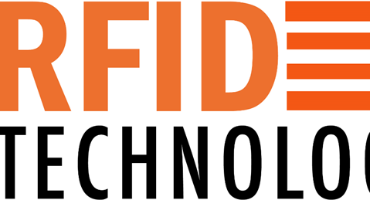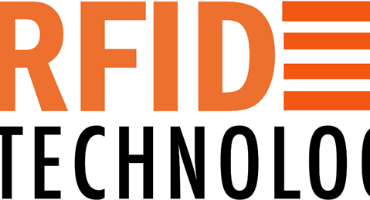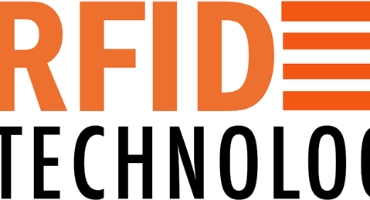Here are a few examples:
Data Collection: RFID label tags can be attached to objects or embedded in products, allowing them to be identified and tracked wirelessly. AI systems can leverage this technology to collect vast amounts of real-time data about objects, their locations, and their interactions. This data can be used to train AI models, improve decision-making processes, and enhance overall system performance.
Inventory Management: RFID tags enable accurate and efficient inventory tracking. AI algorithms can analyze the collected RFID data to optimize supply chain management, anticipate demand patterns, and automate inventory replenishment. This integration can lead to streamlined operations, reduced costs, and improved customer satisfaction.
Asset Tracking: RFID technology combined with AI can enhance asset tracking and management. By attaching RFID tags to assets such as equipment, vehicles, or tools, AI systems can monitor their location, status, and utilization. This integration helps organizations track and optimize asset usage, prevent losses, schedule maintenance, and improve overall efficiency.
Smart Retail: RFID technology allows for seamless and automated checkout processes. When combined with AI-powered systems, RFID tags can be used to identify products as customers place them in their carts. The AI system can then calculate the total cost, eliminate the need for manual scanning, and enable quick and accurate payments. Additionally, AI algorithms can analyze customer behavior and preferences based on RFID data, enabling personalized shopping experiences and targeted marketing.
Security and Access Control: RFID-based identification cards or tags can be used for secure access control systems. AI algorithms can analyze RFID data, such as entry and exit logs, to identify patterns, detect anomalies, and enhance security protocols. This integration can help organizations monitor access, prevent unauthorized entry, and respond quickly to potential security threats.
These are just a few examples of how RFID technology can complement AI systems and enhance their capabilities in various domains. The combination of RFID and AI enables improved data collection, real-time tracking, automation, and better decision-making, leading to increased efficiency and improved customer experiences.
UHF RFID tags and label - both hard and soft UHF RFID Label Tags can be attached to items or packaging, allowing for real-time tracking of inventory. This enables businesses to automate stocktaking, reduce manual errors, streamline replenishment processes, and improve overall inventory accuracy. Real-time tracking of inventory doing automate stocktaking using UHF RFID Readers - both Fixed-mounted UHF RFID Readers as well as Portable Mobile UHF RFID Readers





